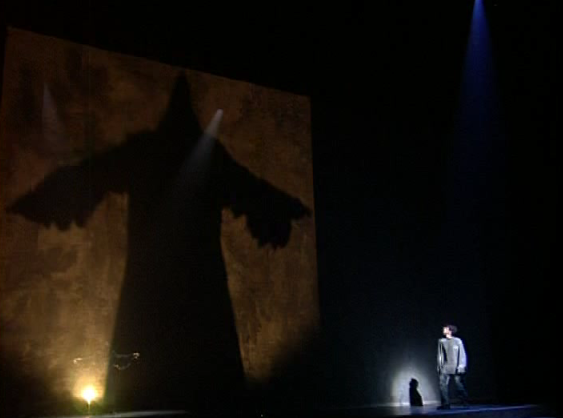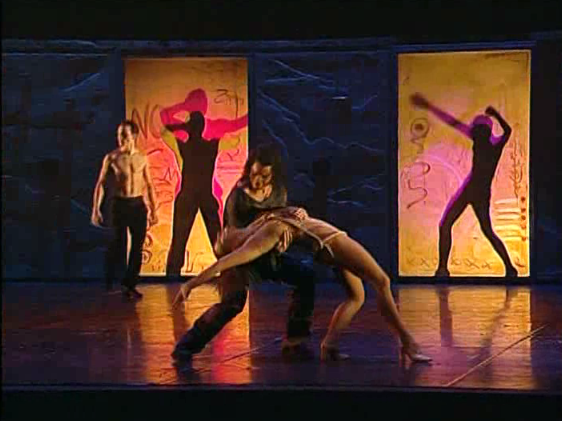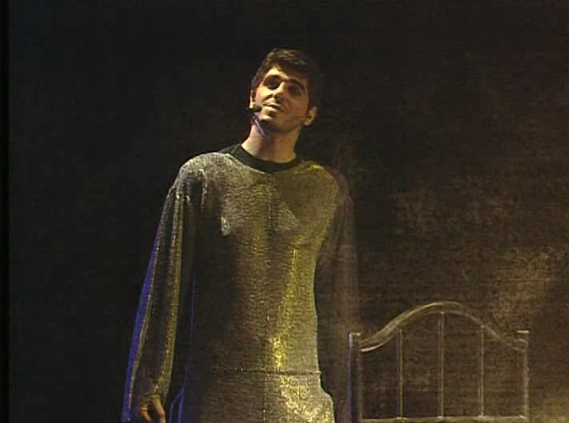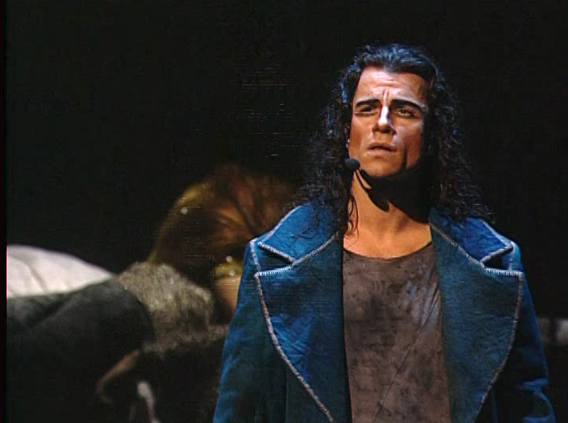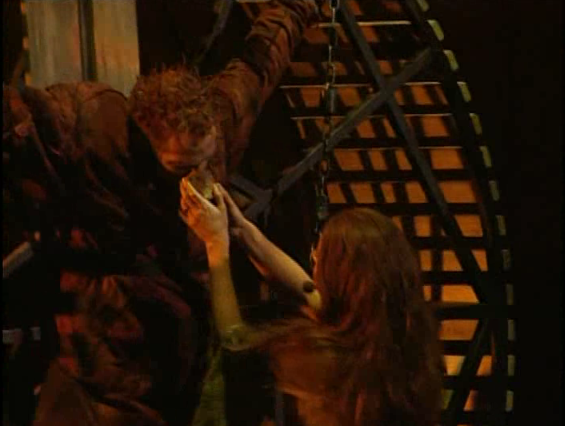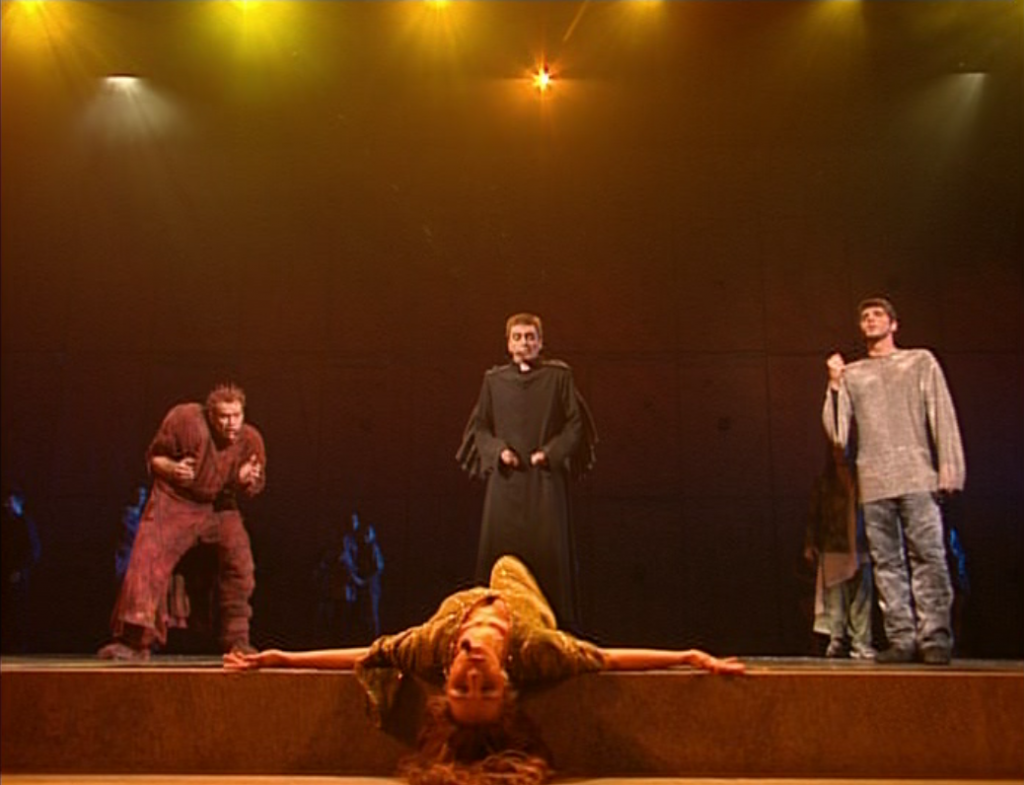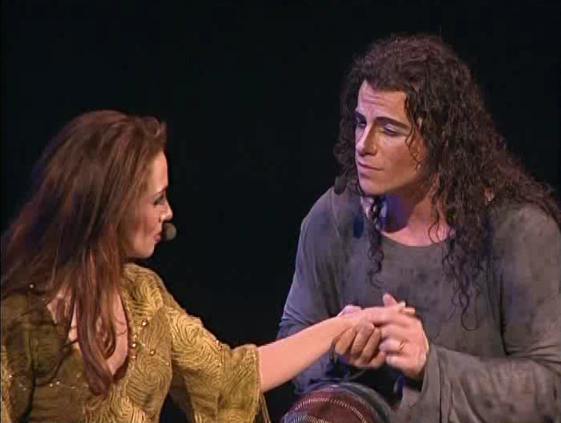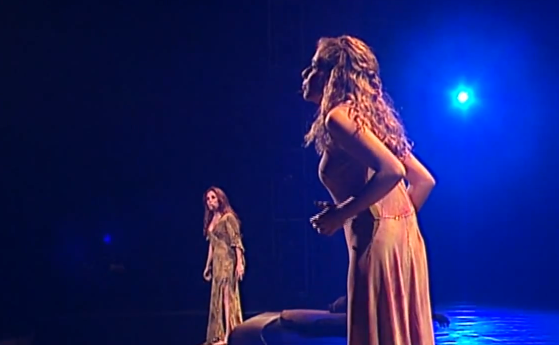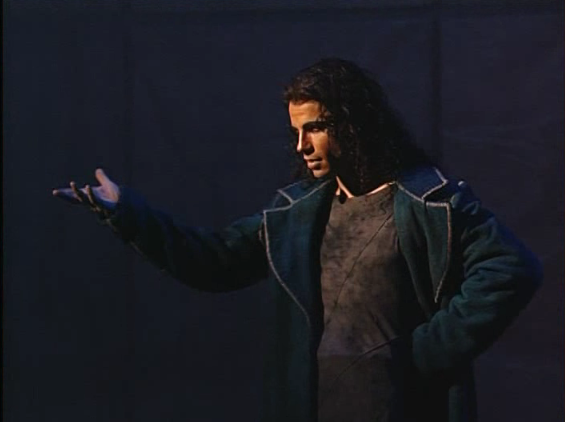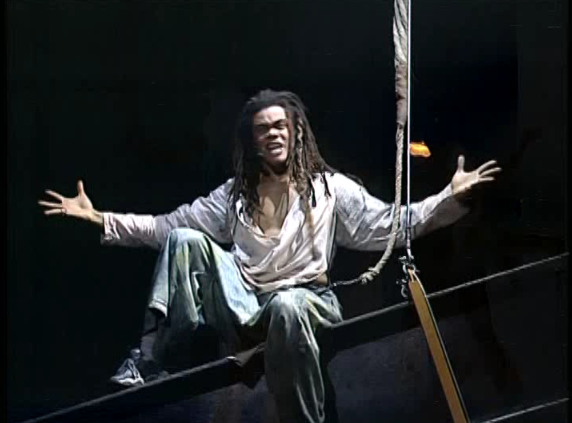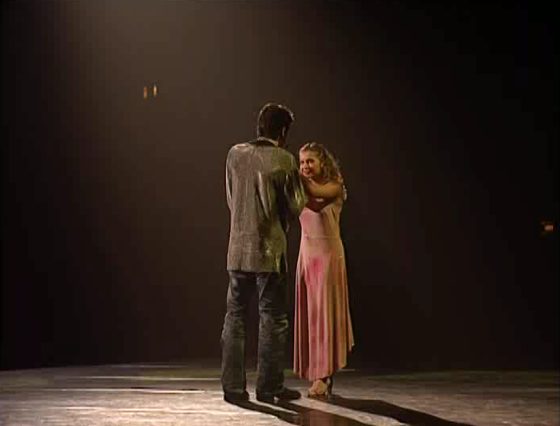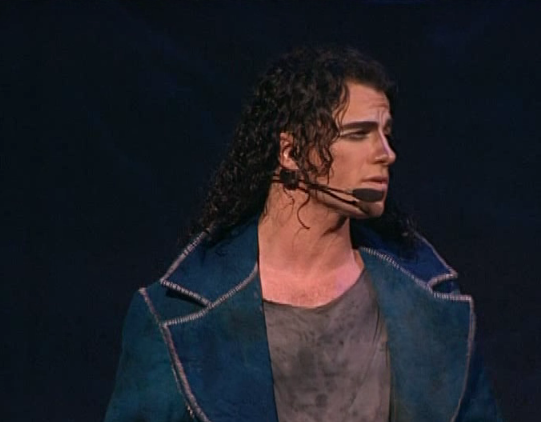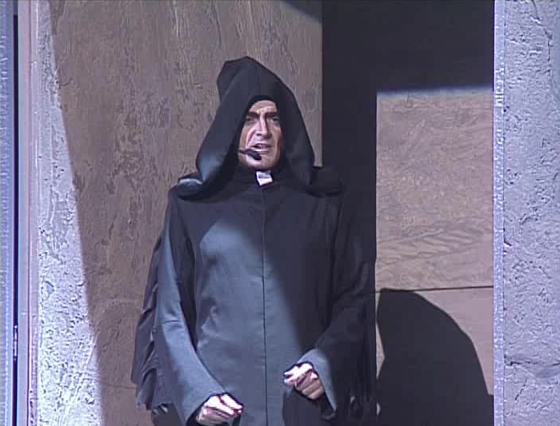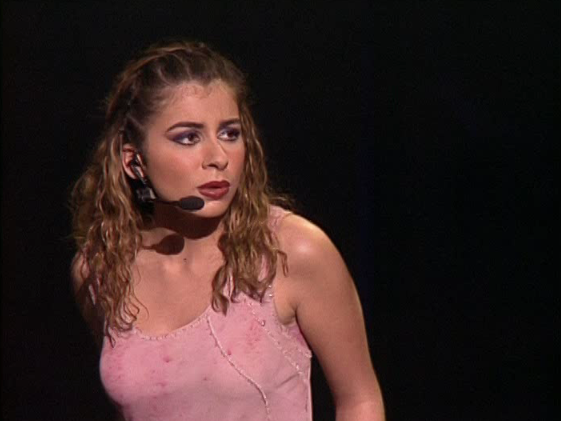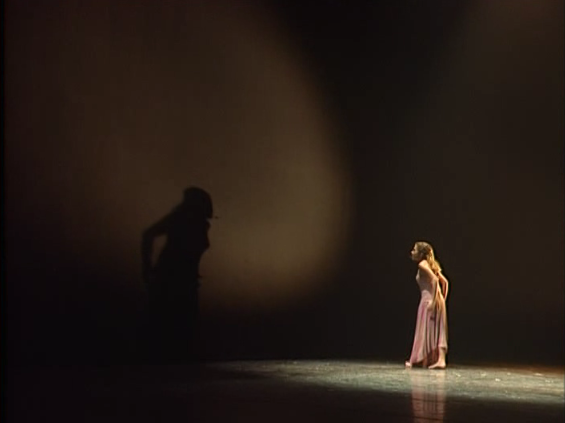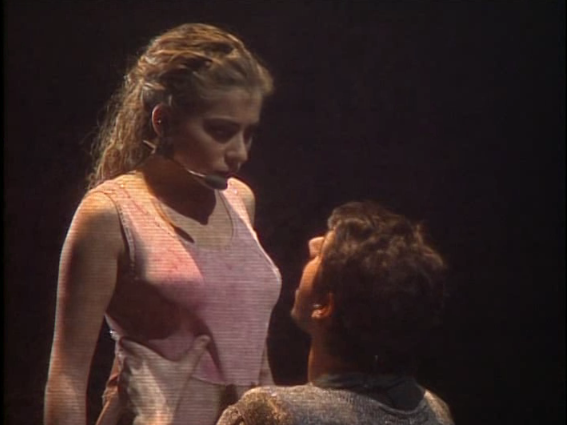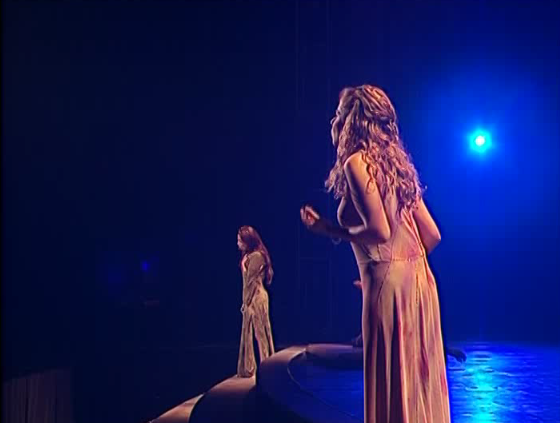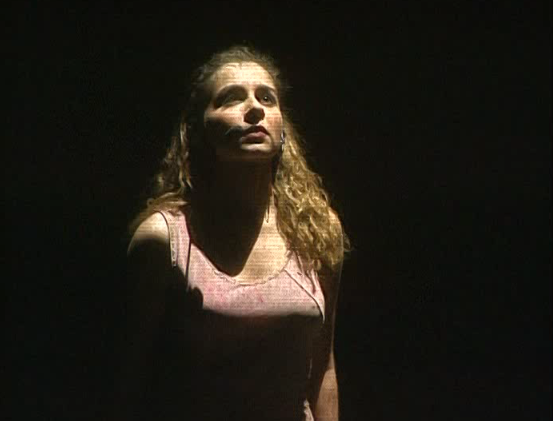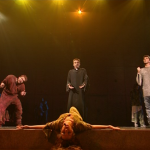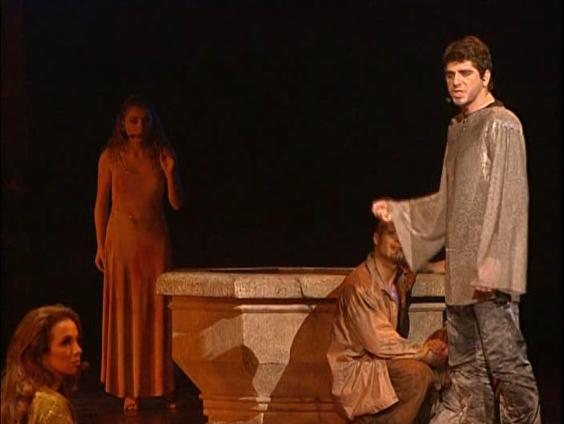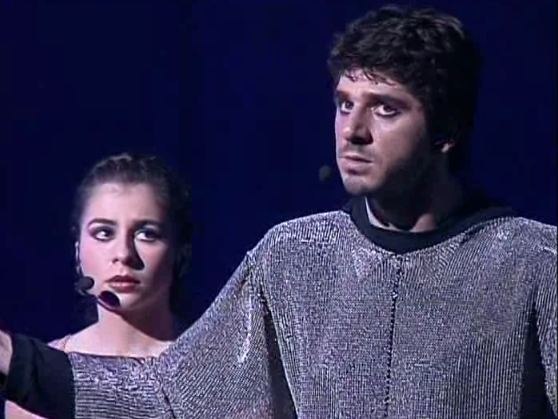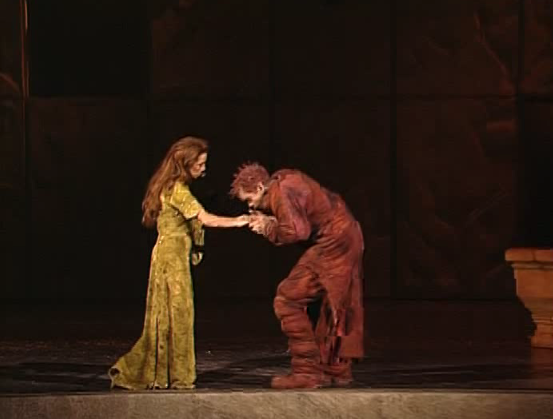
Esmeralda and Quasimodo in Notre Dame
Notre Dame de Paris is often praised for being accurate to the novel but there are A LOT of differences.
is often praised for being accurate to the novel but there are A LOT of differences.

Esmeralda
The biggest one is no Djali, I mean how could they? But in all seriousness, Esmeralda is in this version is a full-fledge Gypsy who at one point in her life knew her mother. As we have seen in other versions, Esmeralda being a Gypsy is the norm over her backstory in the novel where she is the daughter of French woman and stolen, so it’s not big changes considering the film/adaptation history of the character.
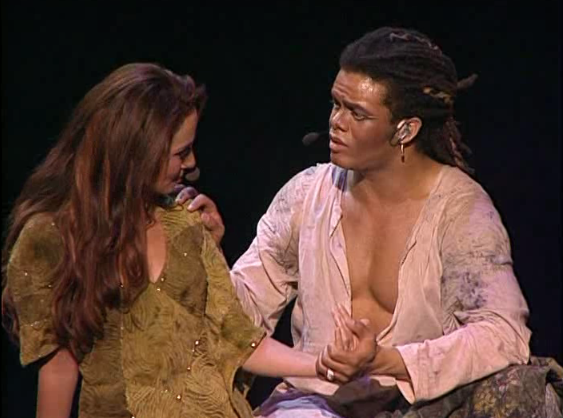
Esmeralda and Clopin
Clopin also serves as not only the leader of the Gypsies and thieves but as a father figure to Esmeralda, as her mother entrusted Esmeralda to him when she died. Clopin himself is different than other versions as he care for the blight and safety of his people more than previous versions of the character.
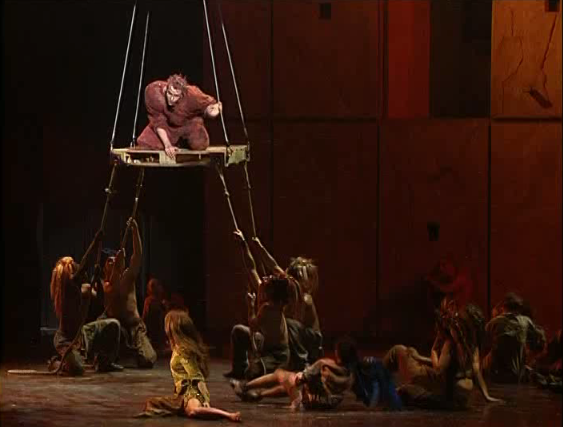
Quasimodo and Esmeralda
The show opts to start with introducing characters and not the Feast of Fools, except for Quasimodo who appears during that Feast of Fools number. It’s a little unclear if Quasimodo had seen Esmeralda before or if he first saw when she crowned him as the Pope but he does take a liking to her when he is crowned and not when she gave him water.
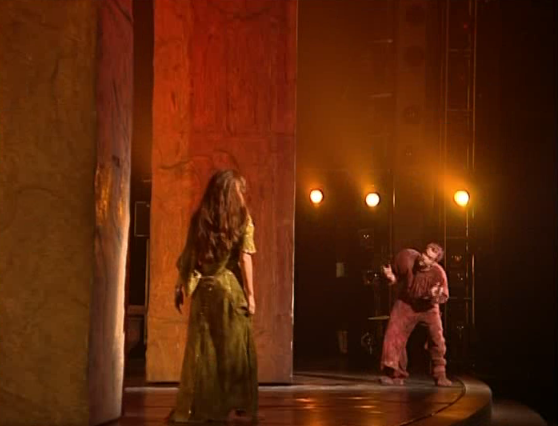
Esmeralda and Quasimodo in Notre Dame
Quasimodo also brings Esmeralda into Notre Dame and offers it to her as a home. Esmeralda has gone into Notre Dame a few times before prior to Quasimodo saving her in different versions but it is the first time Quasimodo invites her in, usually she goes in for another reasons mainly to escape guards. Though in the 1923 version it was to met Phoebus.
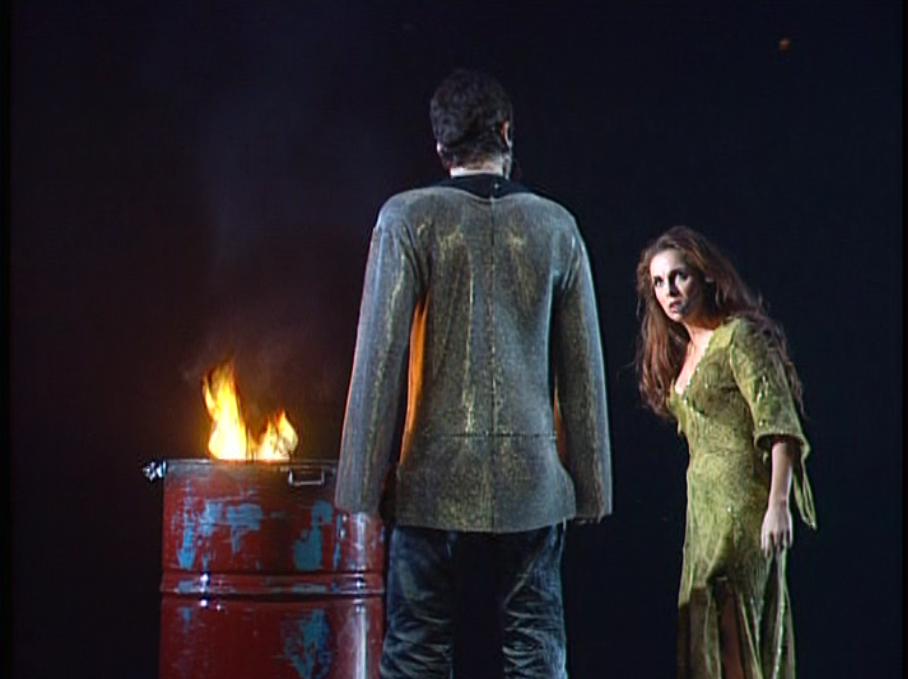
Phoebus and Esmeralda
Speaking of meeting Phoebus, who liked that segue, Esmeralda and Phoebus arrange to met at a brothel called the Cabaret de Val d’amour whereas in the book they meet a tavern/inn/house called Pomme d’eve. However there is actually a Val d’amour in the book, it is a brothel that Frollo’s brother Jehan frequents.
It just weird that Phoebus would meet a girl, who not 2 seconds before turned him down, at a brothel. Oh well, it’s suppose to make him look sleazy.
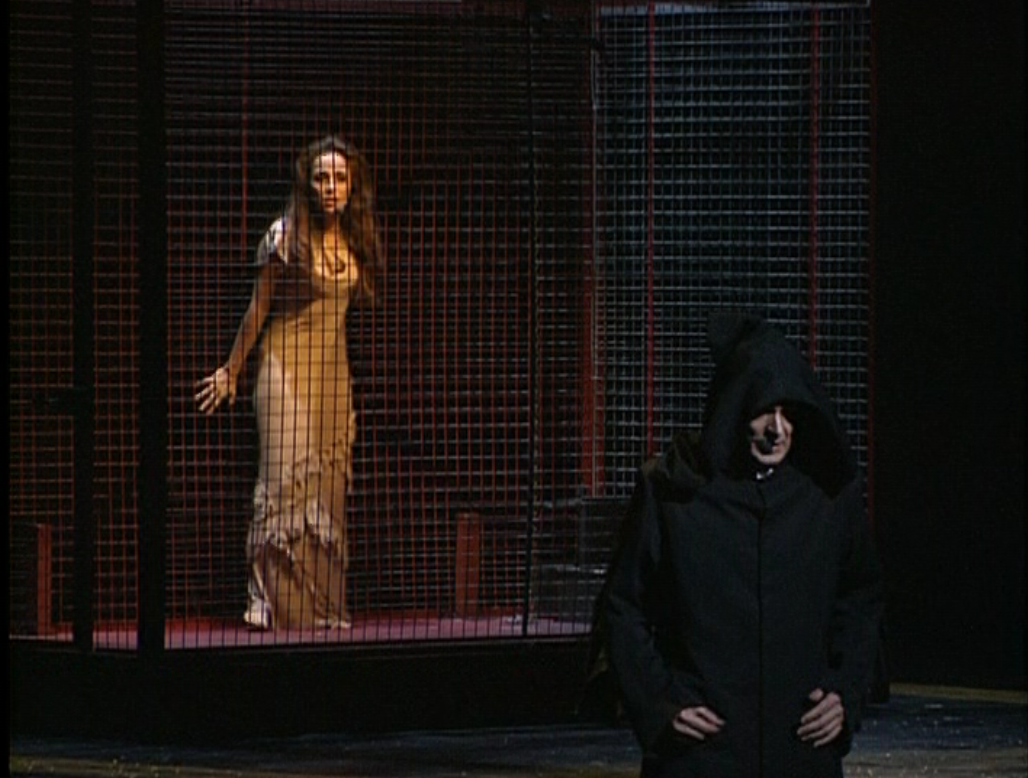
Esmeralda on Trial with Frollo
The biggest and most glaring of the differences comes in the second act. First off, Frollo handles Esmeralda’s trail and torture. I would venture a guess that the reason for this is more practical than artistic as they would have needed another singer.
Frollo makes sense to fill this role but it’s just weird. Though and I forgot where I heard it but when Esmeralda confesses she just says something like “I love him, I confess,” and Frollo orders the torture to stop, somewhere Daniel Lavoie (Frollo’s original actor) said that it’s because Frollo loved Esmeralda that what she said was deemed enough. So there ya go.

Esmeralda and Frollo
Also scenes that occur in Notre Dame after Esmeralda is brought there do not happen. The Port de Rouge scene and the scene where Frollo gives Esmeralda the final ultimatum are merged into the Jail scene, which is fine, they blended nicely together.
Also Frollo just likes science in general and not just alchemy which is just minor change and a nitpick.
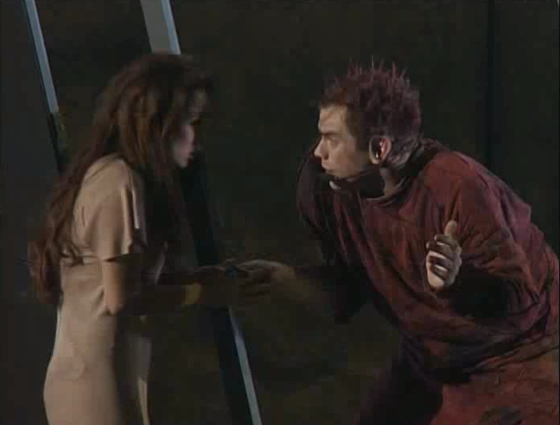
Quasimodo freeing Esmeralda
Another BIG difference is Quasimodo saving Esmerlada, Clopin and the rest of the Court of Miracles. Everyone knows that Quasimodo descends from Notre Dame, saves Esmeralda and proclaims sanctuary while holding her aloft but not here.
In fact Quasimodo never says Sanctuary. He claims freedom for her but he never says “Sanctuary.” The closest is Clopin says “Asile” which can means sanctuary although is closer to asylum. And I’m now resisting making a Asylum Films joke.
Also Quaismodo is no where to be seen when the attack on Notre Dame is occurs. It really seems to be Clopin who is defending the cathedral and not Quasimodo, which just wrong.
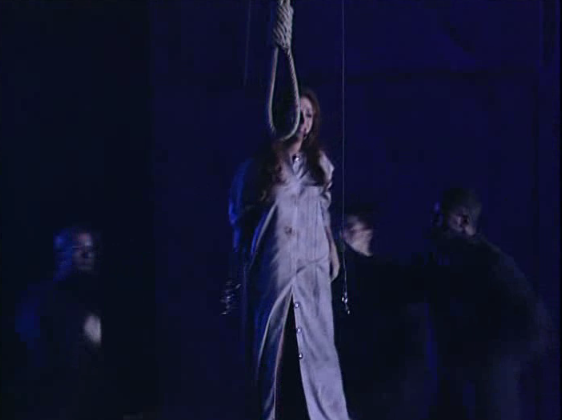
Esmeralda about to be hung
Phoebus is there though and he is the one who proclaims Esmeralda’s death sentence as it’s what his fiancee wants. It a like more of a twist of the knife as Esmeralda was still in love with Phoebus when he passed judgment on her although that did not happen in the book but it makes for good drama.
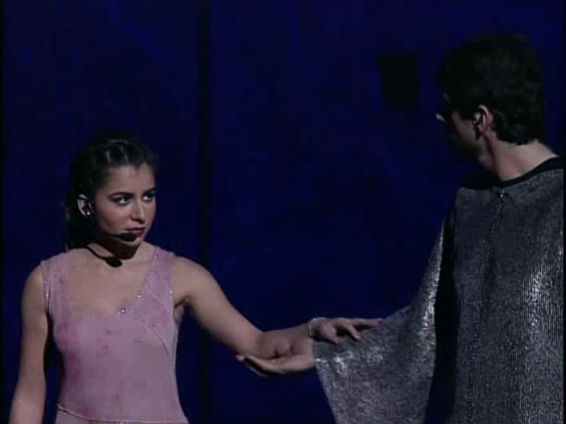
Fleur-de-Lys and Phoebus
Lately and this is a good change, Phoebus‘ fiancee, Fleur-de-Lys has a must more of a fleshed-out character. In the book we know she loves Phoebus and jealous of Esmeralda but not too much more.
Here we see more of her inner workings. She knows Phoebus spouts lies and she was ok with that till Esmeralda came along. Unlike the novel where Esmeralda was only meant to be a one night thing for Phoebus, here Phoebus wanted to balance them out. This makes Fleur-de-Lys go a little crazy and pending on what version you watch, she either wishes for Phoebus to ensure Esmeralda’s death or demands it of him. It’s just nice to see the character have a little bit going for her than nothing.
I’m sure there are many more difference but those are the core ones.
Next Time – Esmeralda

Helene Segara singing Ave Maria Paien in Notre Dame de Paris

